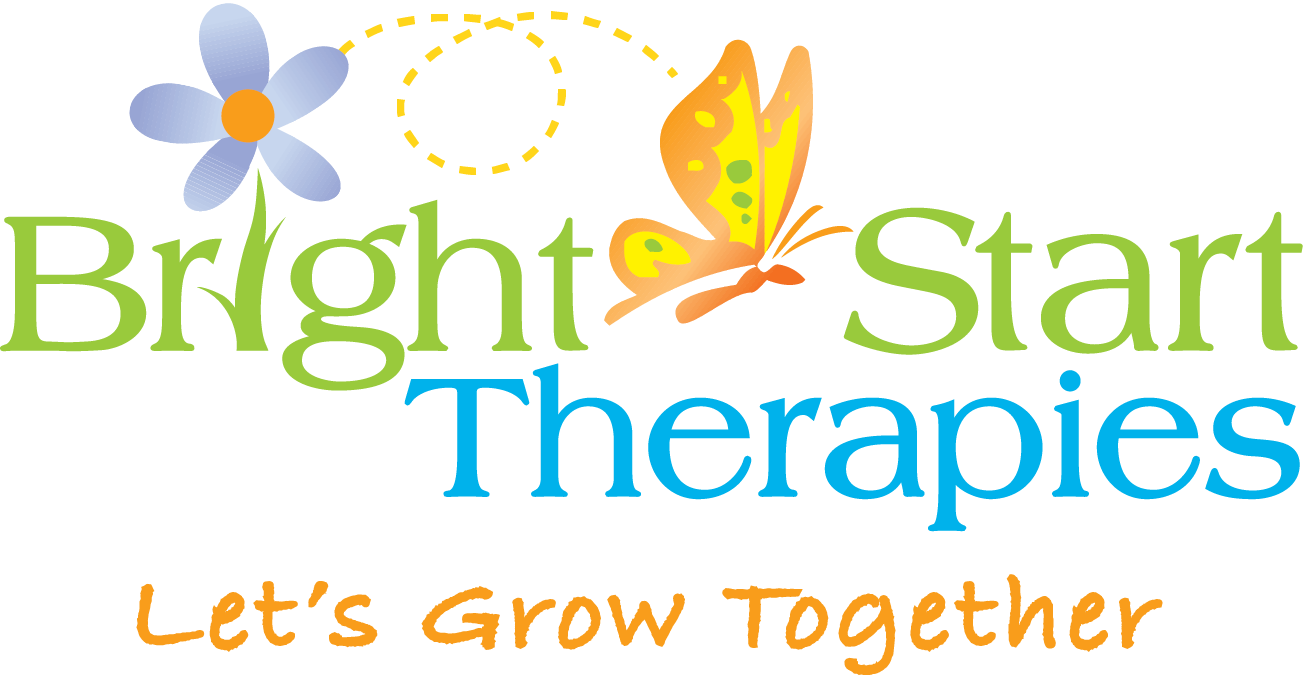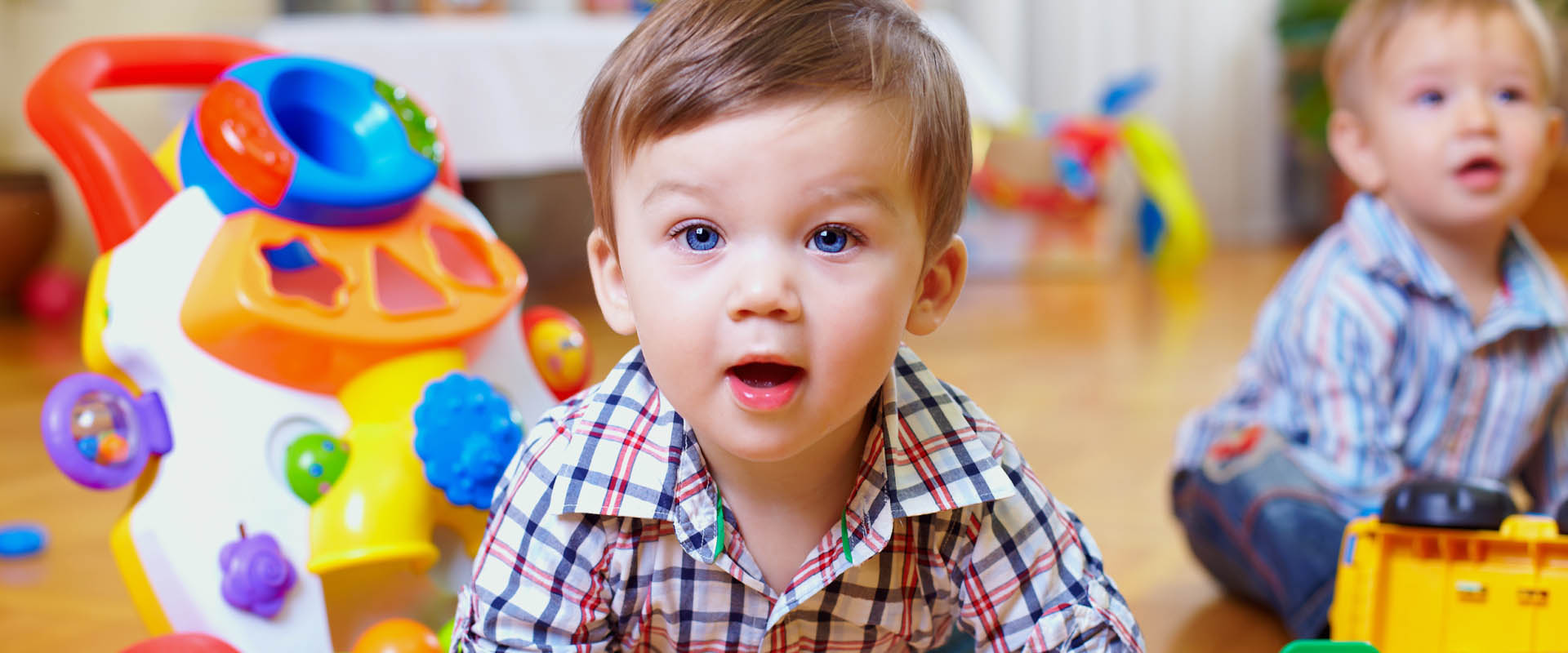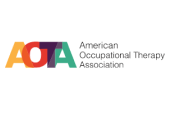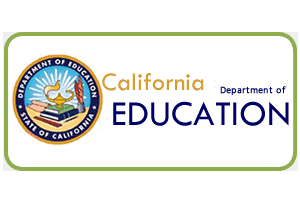What is
Early Intervention?
Early Intervention services are designed for children ages birth to three to promote appropriate growth and development while supporting families during a critical time in their child’s life. Bright Start Therapies provides services that are conducted in-home to promote growth in an environment in which the child is the most comfortable. Your highly skilled therapist will provide you with weekly parent training to promote the development of communication throughout your daily activities.
What are the benefits of Early Intervention?
Research has shown that intervention is likely to be more effective when it is provided earlier on in your child’s life instead of later. The connections in a child’s brain are the most malleable in their first three years of life and therefore intervention provided at this time is critical. The connections formed during these years help to support the foundations for learning, behavior, and health. As we grow older, these connections become harder to change. Early Intervention services may change a child’s developmental path and work to improve outcomes for children and their families. Services help support families so they can better meet the communicative needs of their young children.
How do I know if my child needs services? You can call Alta California Regional Center and discuss your concerns and ask for an evaluation of your child’s speech and language development.
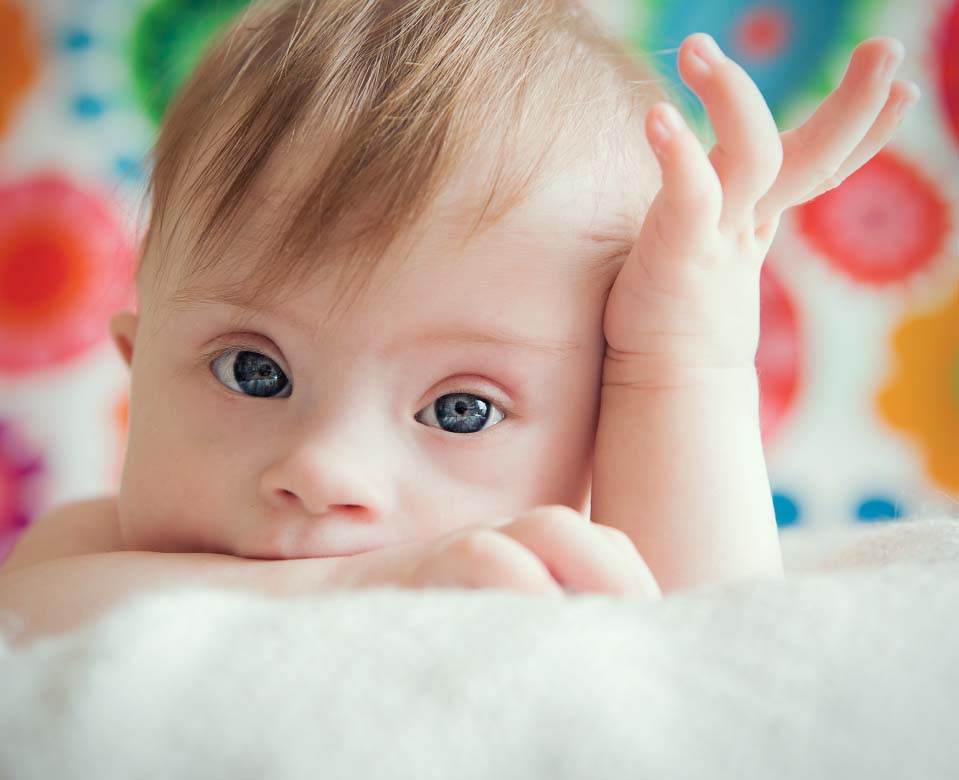

How do you qualify for services?
A child between the ages of birth to three who has a developmental delay, or a specific health condition that will probably lead to a delay. This includes things like certain genetic disorders, birth defects, and hearing loss. Eligibility is determined by a speech therapist evaluating the child with the parent and caregivers present to see if the little one does, in fact, have a delay in development or a disability. The evaluation process is play based and generally a fun experience for the child and the family.
How are services delivered?
Early intervention services are Family-centered services: Services are based on the needs and concerns of each family and child. Our therapists work together with family members and other professionals to develop goals and incorporate activities into daily routines to promote the child’s development. We believe it takes a village and collaboration with family members and other professionals is an important part of Early Intervention services. This team may consist of: Alta California Regional Center Coordinator, Infant Development Specialist, Speech Therapists, Occupational Therapists, Physical Therapists, Feeding Therapists, Behavioral Therapists, Psychologists and Counselors.
Familiar settings: Though most Early Intervention services are provided in your home, they can be provided in other places where the child goes regularly, such as a childcare center, park, library or other community setting. Due to Covid-19, all services are currently being conducted via Tele-Therapy.
early intervention norms
The following list describe common behavior that would best benefit from therapy.
At Birth to 6 Months, your child should:
• Cry for attention
• Turn his/her head toward your voice
• Babble (produces duplicated sounds)
• Show awareness of a speaker
• Discriminate between angry/friendly voices
• Show an interest in people rather than objects
• Maintain eye contact for a brief period of time
• Bang objects in play
• Attempt to interact with you and search for eye contact
• Recognize his/her name
• Stop crying when you speak to him/her
• Imitate your facial expressions
• Smile at family members purposely
• Respond to “no” some of the time
• Vocalize in response to you talking to him/her
At 6 Months to 12 Months, your child should:
• Vocalize four different syllables shapes
• Vocalize a two-syllable combination such as, “dada, baba, mama”
• Gain your attention using his/her voice
• Call for “mama” or “dada”
• Respond to the request to “come here”
• Give objects upon request
• Respond to “no” most of the time
• Show a desire to be with people
• Show sensitivity to other’s moods
• Do something to gain social attention or have someone look at them
• Indicate a desire to change activities
• Protest using vocalizations
• Exchange gestures with an adult
• Imitate your babbles (at the consonant-vowel level)
• Recognize family members names
• Stop when his/her name is called
• Respond with gestures to be picked up
• Understand simple questions without gestures
• Vocalize when he is bored or uninterested with an activity
• Say one to two words independently
• Wave “Hi” and “Bye” independently
• Search for hidden objects
• Resist removal of a toy or object by tightening grip on it
• Push a toy car
• Look at familiar objects and people when named
• Identify two body parts when asked
At 12 Months to 18 Months, your child should:
• Use 5-10 words consistently
• Use a combination of jargon and words
• Begin to use one-to-two-word phrases
• Try to sing independently
• Respond to other children’s vocalizations
• Point to objects to show awareness or request them
• Demonstrate functional use of an object such as a phone to the ear or puts a puzzle piece in
• Imitate new words spontaneously
• Imitate three or more animal noises
• Solicit another’s attention skills physically or with words
• Take a turn in play
• Roll a ball back or plays a fetching game with an adult
• Imitate actions or words from other children
• Use words to protest or shakes heads ‘no” with purpose
• Point to objects, show you objects, and/or give you objects
• Follow one- step commands (e.g., pick up your ball)
• Understand some prepositions (in/on)
• Comprehend simple questions
• Respond to the command “give me”
• Identify six body parts or clothing items
• Find something not in site when asked
At 18 Months to 24 Months, your child should:
• Imitate animal sounds and names
• Use 20 or more words consistently and spontaneously
• Talk more than uses gestures
• Combine two words for short phrases
• Point to five body parts, common objects and/or clothing pieces in person or on a picture
• Refer to self by name occasionally
• Tell you about things that happened you may not have seen
• Take turns talking
• Talk when playing pretend
• Tell you about what is happening
• Comprehend 300 or more words
• Understand most complex sentences (e.g., When we get to the store, I’ll by you some gum)
•Be Increasingly enthusiastic about company of other children
• Name pictures in a book
• Child uses more than one object in pretend play • Puts toys away upon request
• Carry out some two related consecutive directions (e.g., Get your coat and bring it to me)
At 24 Months to 30 Months, your child should:
• Use 50 or more words
• Use action words
• Use two sentence types (declaratives and questions)
• Use two-three-word sentences
• Tell you short dialogues
• Use personal pronouns (I, you, he, she, me, etc.)
• Ask basic questions (“Daddy gone?”)
• Respond to questions
• Understand concepts of “one” and “all”
• Understand size concepts
• Listen to 5–10-minute stories
• Clarify and request clarification when not understood
• Express his/her emotions
• Recognize names of most common objects
• Understand location phrases (in the kitchen)
• Use language imaginatively
At 30 Months to 36 Months, your child should:
• State first name, last name and gender
• Repair a conversation by providing more information when asked or giving more details
• Talk about things in past tense
• Begin to ask yes/no questions
• Converse in three to five words sentences
• Answer yes/no questions accurately
• Match colors
• Understand concepts big/little, in/out/under
• Understand teasing
• Use emotion words
• Respond to wh- questions
• Complete three-step verbal commands
• Understand 3rd person pronouns (he, she, it)
• Request information
• Use a doll as a real playmate
How to Get Started
The first step you should do is to call your local regional center. In our area it is Alta California Regional Center. You can discuss your concerns and request for a speech and language evaluation. Eligibility is determined by a speech therapist evaluating the child with the parent and caregivers present to see if the little one does, in fact, have a delay in development or a disability. The evaluation process is play based and generally a fun and experience for the child and the family.
Alta California Regional Center
Early Start Intake: (916) 978-6249
________________________________________

Frequently Asked Questions
What is the Early Start Program?
The Early Intervention Program for Infants and Toddlers with Disabilities was enacted in 1986 under the Individuals with Disabilities Education Act (IDEA; 20; U.S.C., Section 1431 et seq.). This program is California’s response to federal legislation ensuring that early intervention services for infants and toddlers with disabilities and their families are provided in a coordinated, family-centered system of services that are available statewide.
What is the Regional Center?
How do I know if my child will qualify for services?
How long do early intervention services last?
Who pays for Early Intervention services?
Do I need a medical doctor to make a referral for services?
I’ve called and made the referral, what happens next?
- Assign a service coordinator to assist the family through evaluation and assessment procedures.
- Obtain parental consent for an evaluation and schedule and complete all assessments.
- If an infant or toddler is eligible for early intervention services, an Individual Family Service Plan (IFSP) will be developed that addresses the strengths, and needs of the infant or toddler, parental concerns, and early intervention services.
- Identify early intervention services that can be provided in the family home or other community settings that best serve the family’s needs.
What are the services available through the Alta California Regional Center?
- assistive technology
- audiology
- family training, counseling, and home visits
- health services
- medical services for diagnostic/evaluation purposes only
- nursing services
- nutrition services
- occupational therapy
- physical therapy
- psychological services
- service coordination (case management)
- sign language and cued language services
- social work services
- special instruction
- speech and language services
- transportation and related costs
What can I do at home?
- Try to be eye to eye and face to face when talking directly with your child.
- Be present and give them your full attention when communicating with them.
- Use gestures and hold objects, when possible, to label them.
- This is a new language for them so remember that! Think about how you yourself would want to learn a new language. What would you want your teacher to do?
- Slow your speech and let them see how to pronounce the words.
- Use correct pronunciation and do not repeat words incorrectly because it sounds cute.
- Simplify your language when giving instructions.
- Don’t ask questions you know they are unable to answer.
- Expand on their utterances by repeating it back and adding a word.
- Give a choice of two items and wait for them to request. If they request with a gesture, use the word for the item then release the item requested.



